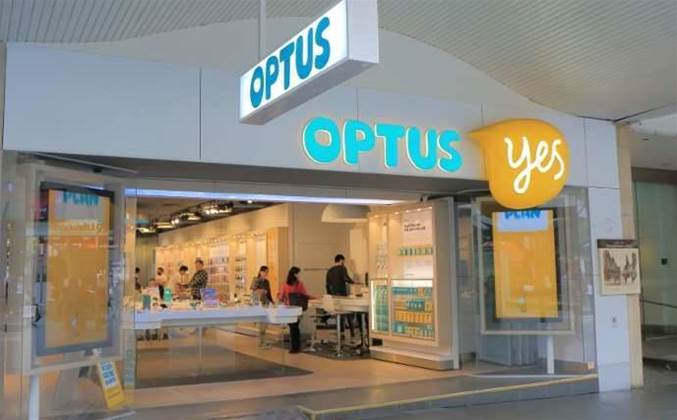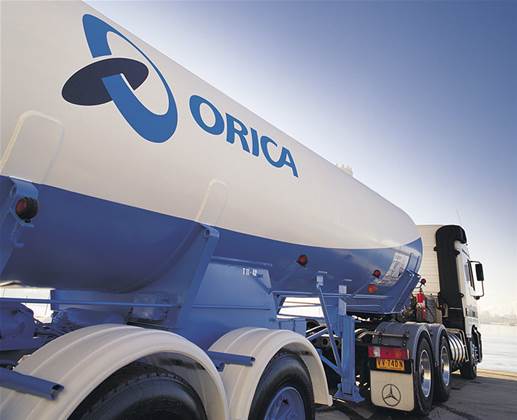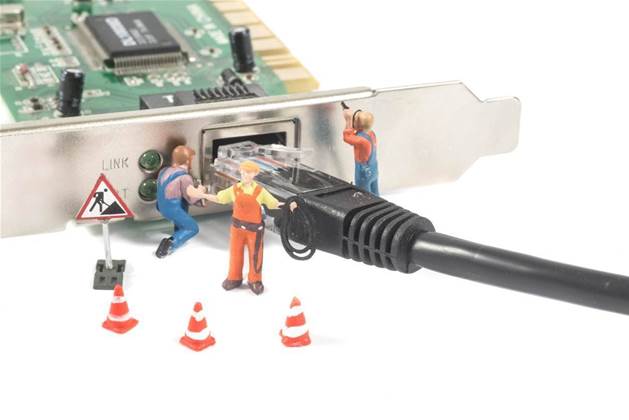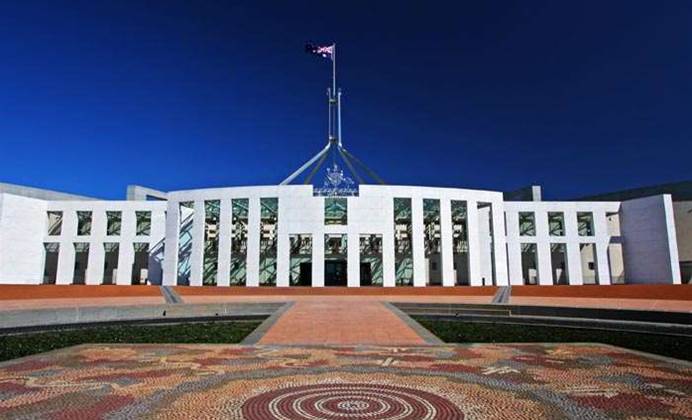Optus Incorporates GenAI into Frontline Operations
We independently review everything we recommend. When you buy through our links, we may earn a commission which is paid directly to our Australia-based writers, editors, and support staff. Thank you for your support!
Quick Read
- Optus partners with Google Cloud to embed GenAI into its customer service framework.
- The virtual agent, called Expert AI, utilizes Google Cloud’s Customer Engagement Suite.
- The implementation is projected to affect frontline employees until 2025.
- Optus is an early adopter, collaborating closely with Google Cloud throughout its creation.
- Key performance indicators encompass net provider score, problem resolution, and handling duration.
- Optus’ AI sector anticipates a wider application for AI-enhanced customer experiences and operational enhancements.

AI-Driven Customer Service Innovation
Optus aims to transform its customer service interactions by incorporating a generative AI-based virtual agent named Expert AI. Co-created with Google Cloud, this agent is intended to aid contact center personnel by understanding customer dialogues, fetching relevant information, and proposing replies instantly.
Google Cloud Collaboration
The partnership with Google Cloud capitalizes on the Customer Engagement Suite and its large-language model, Gemini. This project signifies Optus’ dedication to enhancing customer engagement through advanced technology.
Strategic Rollout Plan
Jesse Arundell, Head of AI solutions and strategy, indicated that the launch of Expert AI will be phased, extending to frontline workers through 2025. The development of this agent has spanned nine months and includes a tailored orchestration service that connects Google Cloud offerings with Optus’ enterprise data ecosystem.
Performance Metrics and Impact
Optus is assessing the effectiveness of Expert AI using multiple metrics, such as net provider score, issue resolution rates, and average handling duration. These measures will assist in evaluating the AI’s success in enhancing customer service results.
AI Leadership and Broader Opportunities
In light of a recent leadership transition, Jesse Arundell now heads Optus’ AI division. This reorganization aligns with a comprehensive company strategy aimed at integrating AI throughout business functions. Arundell points out numerous possibilities for AI, particularly in improving customer experiences and updating IT and network services.
GitHub Copilot Integration
In a complementary effort, Optus has rolled out GitHub Copilot to its 550-member tech team. This initiative aims to expedite coding tasks, with applications in system architecture, programming efficiency, and automation testing.
Summary
The deployment of GenAI via the Expert AI virtual agent signifies a major advancement in Optus’ customer service capabilities. The partnership with Google Cloud highlights the telecommunications company’s commitment to innovation and operational excellence. As the rollout advances, Optus is well-positioned to utilize AI for broader organizational transformations.










